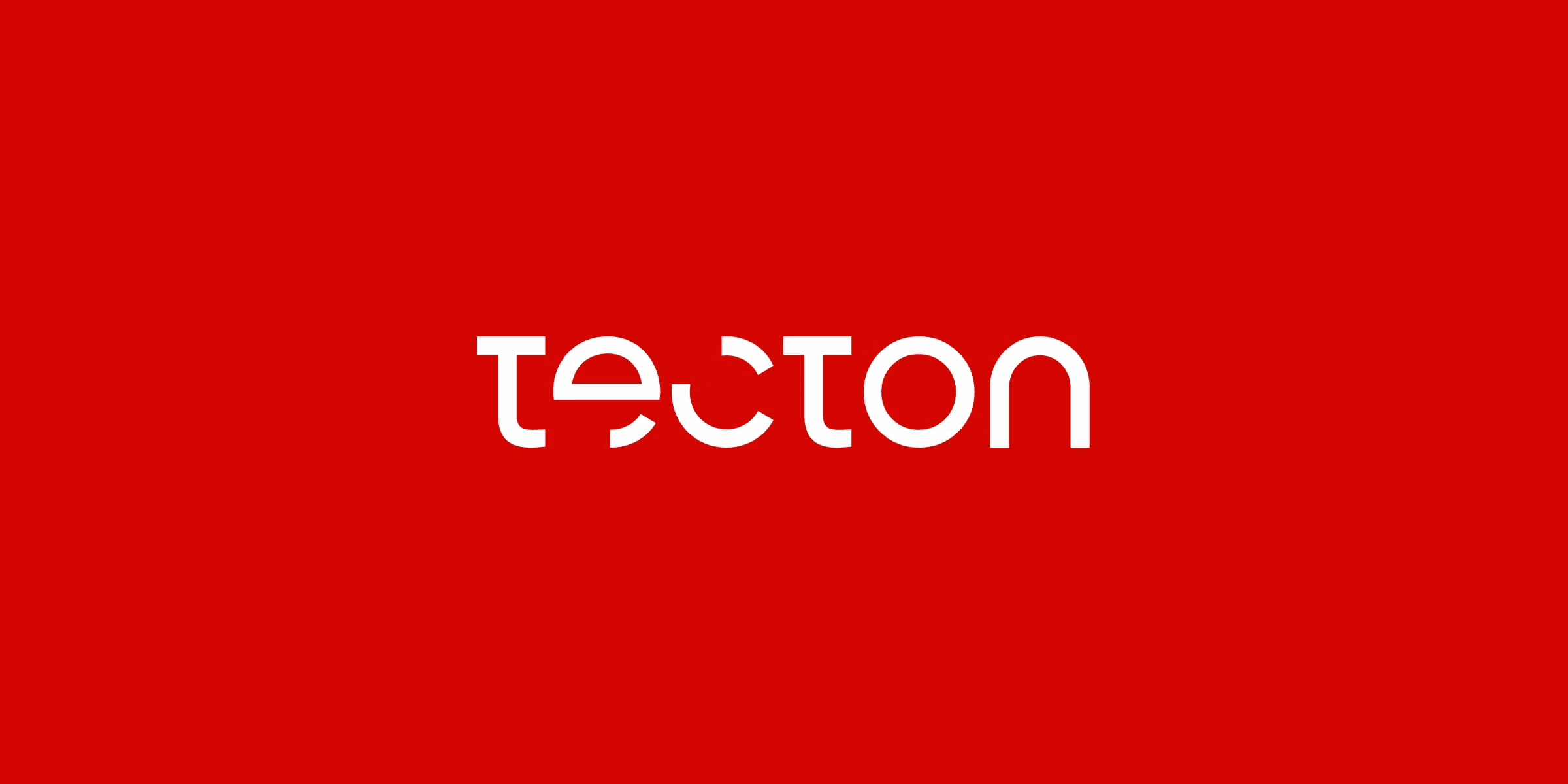
Engineers at Tecton had been hunting around for a stacking workflow tool for a while before they came across Graphite. “One day a teammate told us about this cool tool they were trying out, and the fire grew from there,” recalls Scott Ames, lead devops engineer.
Different engineers found value in Graphite for different reasons. Some, like devops engineer Zhou Tan, spent much of their early careers learning how to stack and rebase manually. To them, Graphite was a life-saver.
“Even once I became a Git expert,” Tan shares, “there was a lot of activation energy to actually stack my pull requests. Using Graphite, it became so much easier to move things around, rebase, incorporate changes, and restack. I feel like it’s an indispensable part of my daily workflow.”
Even once I became a Git expert, there was a lot of activation energy to actually stack my pull requests. Using Graphite, it became so much easier… I feel like it’s an indispensable part of my daily workflow.
- Zhou Tan, devops engineer
”I got to a point where I was made 20% faster by using Graphite.”
- Brian Hart, tech lead
Others who were newer to Git appreciated the gentler introduction to a version control system that can often be quite complex. Those who came from bigger tech firms like Google, whose internal tools abstract away the most cumbersome parts of version control, found that Graphite allowed them to ramp up more easily.
“I merged a stack of six PRs with stack merge—and that’s when I thought, this is incredible, we need to keep this,” says tech lead Brian Hart. “I got to a point where I was made 20% faster by using Graphite.”
Tecton and Graphite began a design partnership, leading to a 3x boost in code review on Graphite
Soon after, Tecton became one of Graphite’s first design partners. For Graphite, the partnership surfaced user perspectives that otherwise wouldn’t have been voiced. For Tecton, it meant that their pain points and feedback were heard immediately, and often went on to help shape new Graphite features and releases.
“Graphite wanted us to break things and give feedback, and immediately applied that feedback,” says Ames.
One of the biggest wins of the partnership was an enhanced experience on the Graphite web app. Though many Tecton engineers were first attracted by the promise of the stacking-optimized CLI, they quickly saw the potential of the code review interface to conceptually reinforce the stacking paradigm. “It allows you to visualize the linear Git commit history,” explains Tan. “That context—being able to see where a pull request is in a stack and interact with it visually—helps a lot.”
The Tecton team started using Graphite 3x more for code review
“We prefer this over GitHub. The vast majority of my reviews are in the Graphite UI. I’m not looking back now.”
- Brian Hart, tech lead
With feedback from the team at Tecton, engineers at Graphite focused on creating a first-class experience in the review interface that would allow users to easily conceptualize and navigate through stacks of pull requests—a design feature that the Tecton team finds ”uniquely advantageous.”
As the interface improved, so did its usage. In the first month of the design partnership, the Tecton team found themselves toggling between Graphite and other tools to review pull requests. Now, they have nearly tripled their use of Graphite’s web app.
Real-time syncing with GitHub also meant that new users at Tecton could experiment with Graphite on their own timelines, even as the product continued to evolve through the design partnership. “We went from saying, ‘This part doesn’t work yet’ to ‘We prefer this over GitHub,’” Hart says. “The vast majority of my reviews are in the Graphite UI. I’m not looking back now.”
